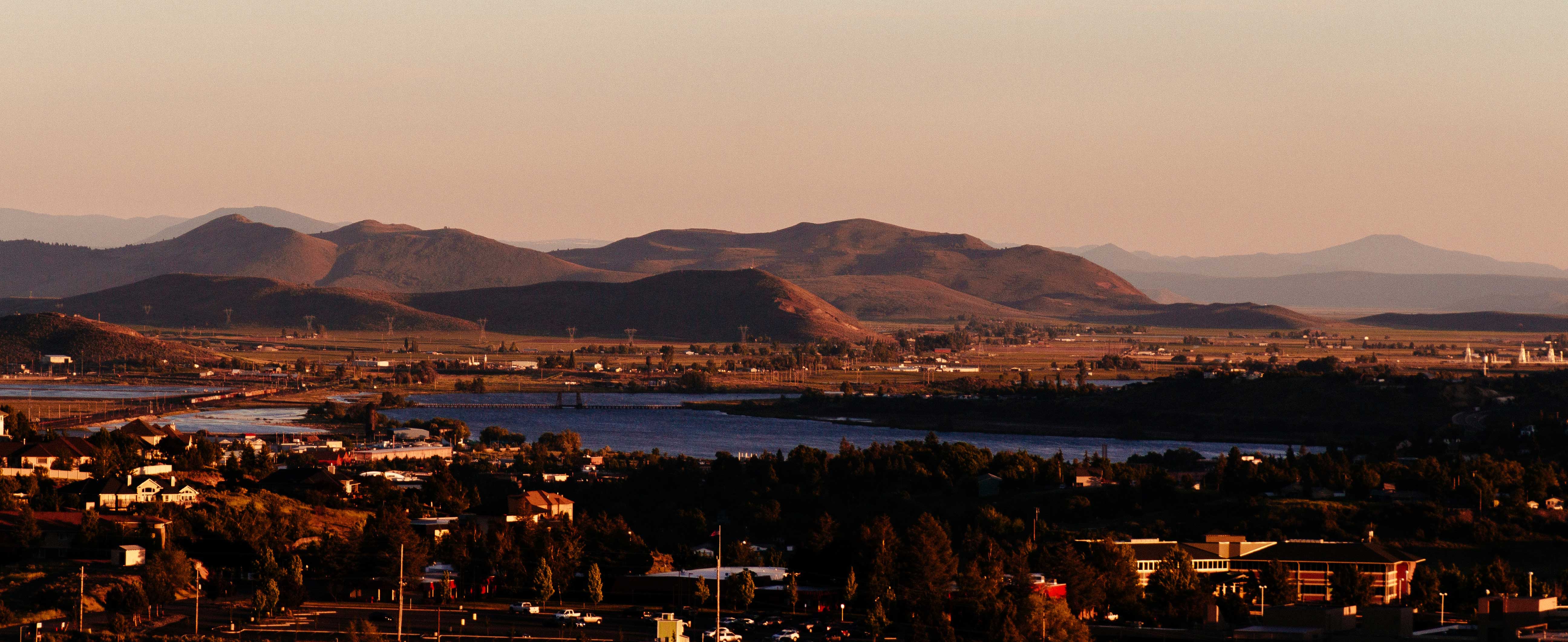A safe, reliable, and environmentally sound way to meet clean energy needs, grow Oregon’s economy, and create thousands of new jobs.

The Swan Lake Project is critical infrastructure for fighting climate change and maintaining grid reliability.
For much of our history, we have relied on fossil fuels to supply the electricity that we use to power our homes, schools and businesses. Fossil fuels emit greenhouse gasses that have made temperatures rise, causing an increase in droughts, floods, wildfires and extreme heat and cold weather.
In an effort to avert the worst impacts of climate change, the world is making progress adding resources like wind and solar to the grid. The Swan Lake Energy Storage Project is necessary infrastructure to enable utilities to add more renewable energy to the grid because it provides a way for them to store it for later use.
Delivering Greenhouse Gas Benefits
Generating almost 400 MW of renewable electricity within a 200-acre footprint.
It would take almost 12,000 acres of wind turbines or nearly 2,000 acres of solar panels to generate that same amount of power.
Storing energy for up to 9.5 hours.
It would take more than 300 semi-truck trailer sized lithium-ion batteries to store energy for that same amount of time.
Avoiding the equivalent of 595,063 tons of CO2 emissions each year.
That’s the equivalent of taking 470,000 passenger cars off the road each year.
Closed-loop pumped storage facilities have been used for a century and are widely recognized as part of the solution to climate change.
“Closed-loop” systems such as the Swan Lake Energy Storage Project do not involve the construction of a new dam on a river. Rather, they rely on the construction of two reservoirs—a lower one and an elevated one—that recirculate water.
“Open-loop” pumped storage projects are continuously connected to a naturally-flowing water feature, such as a river, and can create aquatic and terrestrial impacts that closed-loop facilities do not.
The Swan Lake Project completed environmental, engineering, and cultural studies to identify the solution with the least impact to natural systems, existing landowners, and environmental and cultural resources. Go here to read the Final Environmental Impact Statement for the project.
Groundbreaking Agreement
In October 2020, representatives from the environmental nonprofit sector, Native American Tribes, and the energy industry—including Rye Development, American Rivers, American Whitewater and more—signed a joint agreement to address climate change “by both advancing the renewable energy and storage benefits of hydropower and the environmental and economic benefits of healthy rivers.” The agreement specifically calls out closed-loop storage projects as part of the solution.
After more than a year of meetings, this group developed policy recommendations that were delivered to the Biden Administration and key committees (as of April 2, 2022).